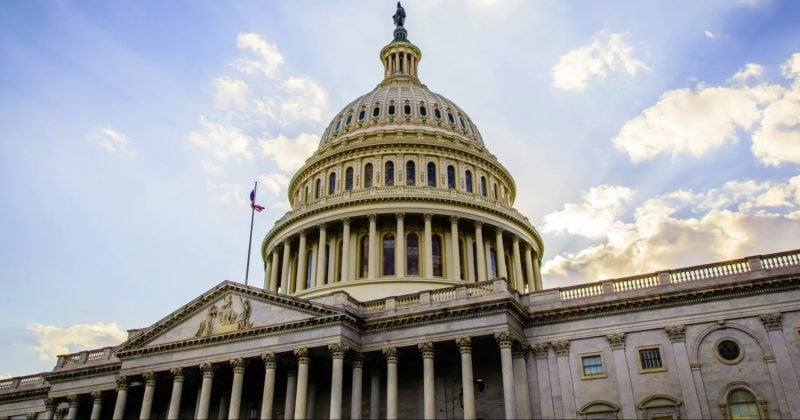Congress is working on crypto regulations, but there is still confusion about sovereign wealth funds (SWFs) and Bitcoin reserves. These two concepts are often mixed up, but they serve different purposes.
On February 4, David Sacks, the newly appointed crypto czar, explained this difference. He explained that the bicameral crypto working group is exploring a strategic Bitcoin reserve (SBR). But he underlined that sovereign wealth funds are another story.
What Are Sovereign Wealth Funds?
Sovereign wealth funds (SWFs) are government-owned investment funds. They manage national savings, usually from surplus revenues like oil profits or trade surpluses. Their primary goal is long-term wealth protection and economic stability.
Unlike central banks, which focus on monetary policy and currency management, SWFs invest strategically. They allocate funds into:
- Real estate
- Stocks
- Infrastructure projects
- Local businesses
These funds focus on steady, low-risk growth rather than high-risk investments. Governments use SWFs to ensure financial security beyond immediate economic needs.
Since SWFs serve broad investment goals, they should not be confused with a Bitcoin reserve. While a strategic Bitcoin reserve would focus on crypto assets, SWFs typically invest in diversified portfolios.
Sovereign Wealth Funds in the US
Several US states already have sovereign wealth funds that follow the classic definition. These funds use revenues from resources like oil, gas, and minerals to secure long-term financial stability. Here are some key examples:
State | Sovereign Wealth Fund | Source of Revenue |
Alaska | Alaska Permanent Fund | Oil revenues |
Texas | Permanent School Fund | Oil & gas revenues |
Wyoming | Permanent Mineral Trust Fund | Mineral extraction |
North Dakota | Legacy Fund | Oil & gas revenues |
New Mexico | Severance Tax Permanent Fund | Resource taxes |
Some states also manage stabilization or “rainy day” funds, which function similarly. In total, around 23 states have some form of investment fund, though their structures and mandates vary.
Bitcoin Reserves in the US
Several states are considering legislation related to Bitcoin reserves. So far, 15 states have introduced bills that explore digital asset investments. Arizona and Utah are leading this movement at the chamber vote level.
Arizona’s Bitcoin Reserve Proposal
- Proposes a strategic Bitcoin reserve fund.
- Capped at 10% of public funds.
- Only implemented if the federal government creates a national Bitcoin reserve.
- Aligns with Senator Cynthia Lummis’ Bitcoin Act, which encourages state participation in a federally managed crypto program.
Utah’s Digital Asset Bill
- Allows up to 10% of major state funds to be invested in digital assets.
- Protects self-custody rights for crypto holders.
- Ensures that blockchain nodes are not classified as money transmitters.
- Covers digital assets broadly, not just Bitcoin.
Other State Proposals
- North Dakota’s bill (HB1184) failed to pass.
- Wyoming’s bill (HB201) also did not move forward.
The Future of Bitcoin Reserves
The rapid development of Bitcoin reserve legislation suggests a shift in how governments view crypto. Bitcoin is no longer seen only as a speculative asset. Some policymakers consider it a potential strategic reserve.
However, whether these proposals become law depends on:
- Political support
- Regulatory clarity
- Market conditions
What is clear is that one no longer considers “if” Bitcoin has a role to play in public finance, but rather “when” and “how.
Remember, investing in cryptocurrencies involves risks, and it’s important to conduct thorough research and seek professional advice before making any financial decisions. (Please keep in mind that this post is solely for informative purposes and should not be construed as financial or investment advice.)

















 English (US) ·
English (US) ·